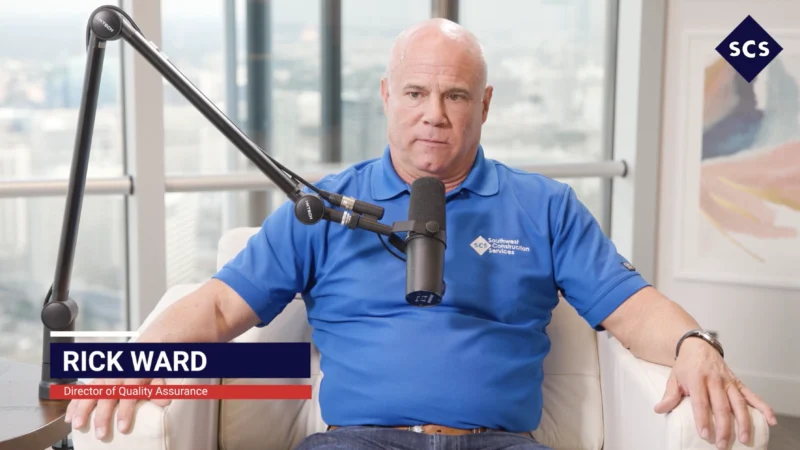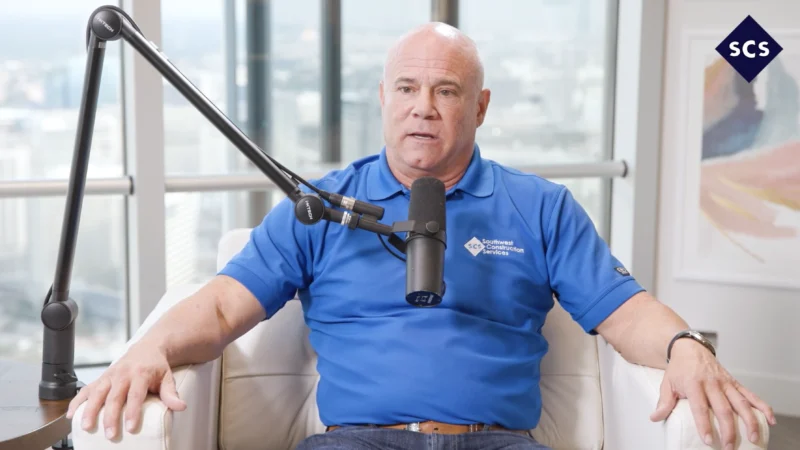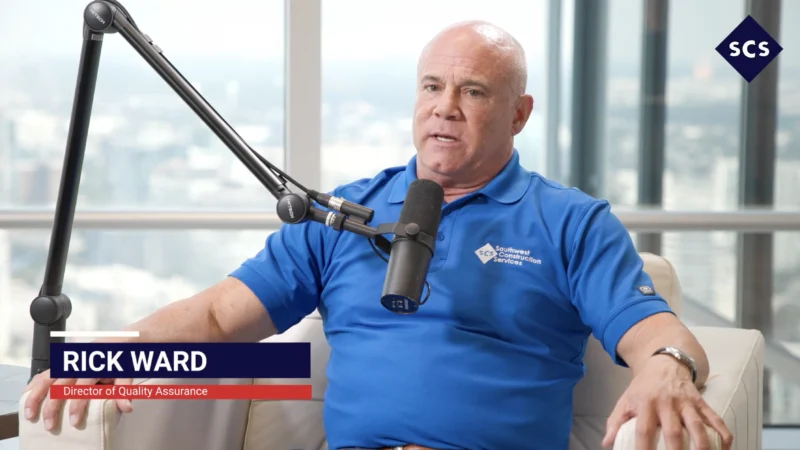How to Overcome Skilled Labor Shortages in the United States
Demand for American manufactured goods is soaring, and March 2021 set a three-year high for U.S. manufacturing activity. Yet, there are currently 500,000 skilled labor positions unfilled.
What’s the answer to closing the shortage gap? That’s the topic for CalTV, as host Tyler Kern spoke to return guest Joe Gemma, Global VP Sales and Marketing at Calvary Robotics.
“Manufacturing is different than it was a generation ago, but it has a negative perception, and we need to change that,” Gemma said.
Manufacturing jobs may need a rebrand, providing an overview of how advanced the field has become through automation and robotics. These things are helping with labor issues and negative perceptions regarding repetitive tasks. This technology also is creating new, high-value positions that can become a career.
“Manufacturing is struggling to find workers to implement automation. The median age of a manufacturing worker is mid to late 40s, and a baby boomer retires every eight seconds. There aren’t new people to fill these roles,” Gemma explained.
How does the U.S. address the challenge? Gemma advocated for a national policy around this that brings together the stakeholders. These roles require education and training. While larger companies have the resources to develop these programs, it’s SMBs that need support.
“We need more apprenticeship programs, flexible work schedules, and visibility of vocational schools to attract new talent. We also need diversity initiatives. Women hold only one-third of manufacturing jobs, so we need to reach out to them,” Gemma noted.
Follow us on social media for the latest updates in B2B!
Twitter – @MarketScale
Facebook – facebook.com/marketscale
LinkedIn – linkedin.com/company/marketscale




